Why do wooden products need fumigation for export? Do solid wood furniture exports need fumigation?
In international trade, the export of wooden products, especially wooden packaging materials, often requires a treatment process called "fumigation".

What is fumigation?
Fumigation is a method of using chemical agents or heat to treat objects, with the aim of eliminating or controlling harmful organisms such as pests, pathogens, weed seeds, etc. In international trade, fumigation is commonly used for wood and wooden products to prevent the cross-border spread of pests and protect forest resources and ecological environments in various countries.
Fumigation treatment is usually carried out in a sealed container to ensure that chemical agents or hot air can evenly penetrate every corner of the item. After processing, the items need to meet certain safety standards to ensure that they do not pose a threat to the environment or human health during transportation.
Why is fumigation necessary for exporting wooden products?
The main reason why wooden products need to be fumigated for export is to meet the requirements of the International Plant Protection Convention (IPPC) and the phytosanitary requirements of the importing country. These regulations and requirements aim to prevent the spread of pests and pathogens through international trade, thereby protecting forest resources and ecological balance in various countries. The main reasons include:
Preventing the spread of pests: Untreated wooden products may carry pests such as beetles, termites, etc., which may survive and reproduce in new environments, posing a threat to local forest resources.
Compliance with international regulations: IPPC has developed the international standard ISPM 15 (International Plant Protection Convention Standard No. 15), which specifies the international processing and labeling requirements for wooden packaging materials. Most countries require imported wooden products to comply with the ISPM 15 standard.
Protecting their own ecology: Governments of various countries usually require imported wooden products to undergo fumigation treatment and be accompanied by corresponding certification documents in order to protect their forest resources and ecological security.
Should solid wood furniture be fumigated for export?
Solid wood furniture, as a type of wood product, also needs to comply with the plant quarantine regulations of both the exporting and importing countries. If the exported solid wood furniture contains untreated wood, or if the source of the wood is identified as a pest control area by the importing country, then solid wood furniture usually needs to be fumigated before export.
Fumigation treatment can ensure the complete elimination of pests in solid wood furniture and reduce the risk of transmission. In addition, after completing fumigation treatment, solid wood furniture exporters usually need to obtain an official fumigation certificate to prove that the batch of goods has been processed according to the prescribed procedures and meets the quarantine requirements of the importing country.
Specific operation of fumigation treatment
Fumigation is a technical measure for disinfecting goods and their packaging, typically using compounds such as fumigants to kill pests, bacteria, or other harmful organisms in enclosed spaces. The fumigation process needs to be carried out at least two days in advance to ensure a 24-hour fumigation cycle and a 4-hour detoxification process, in order to avoid damage to the goods. The fumigated wooden packaging should be shipped as soon as possible and stored separately, away from untreated wooden products.
After fumigation treatment, the wooden packaging is usually stamped with the IPPC (International Plant Protection Convention) logo, which is an internationally recognized label for exporting wooden packaging, proving that the packaging has undergone fumigation or heat treatment, effectively blocking the cross-border transmission chain of harmful organisms. The identification usually includes information such as IPPC symbol, country code (such as CN representing China), treatment method code (such as MB representing bromomethane fumigation treatment, HT representing heat treatment), etc.
Wood products that do not require fumigation treatment
It is worth noting that not all wooden products require fumigation treatment. For example, wooden boxes, wooden pallets, etc. made entirely of artificial boards such as plywood, particleboard, and fiberboard, or thin wooden products with a thickness of less than 6 millimeters, or specially treated wooden packaging (such as wine barrels, wooden gift boxes, etc.), usually do not require fumigation treatment. However, these regulations may vary depending on the specific requirements of the importing country, so exporting companies should have multiple channels to understand the quarantine regulations of the importing and exporting countries for wooden packaging.

Fumigation is an indispensable part of the export process of wooden products, ensuring the safe circulation of wooden products in international trade. At the same time, this is also an important measure to meet the import quarantine requirements of various countries and ensure smooth trade. Therefore, export enterprises should strictly comply with international quarantine standards, carefully select reputable freight forwarding companies to act as agents for exporting goods, and avoid losses due to improper agency operations.
-END-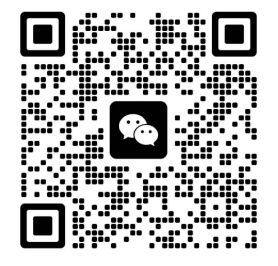
广东锐达国际货运代理有限公司
GUANGDONG RATA INTERNATIONAL LOGISTICS CO.,LTD
电话:86-769-22991141/0/2/3/5
QQ;403778556,手机/微信号:13926831038
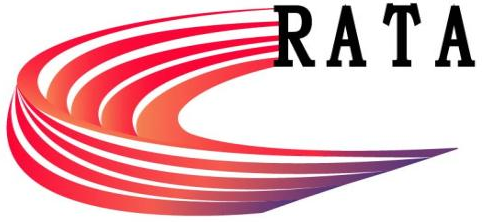

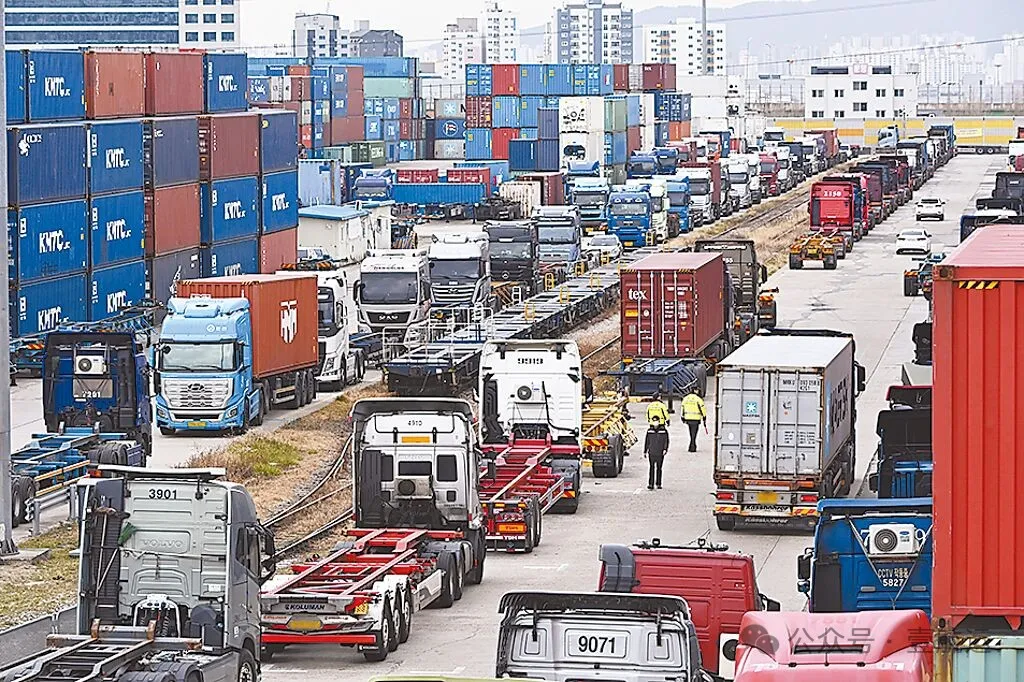
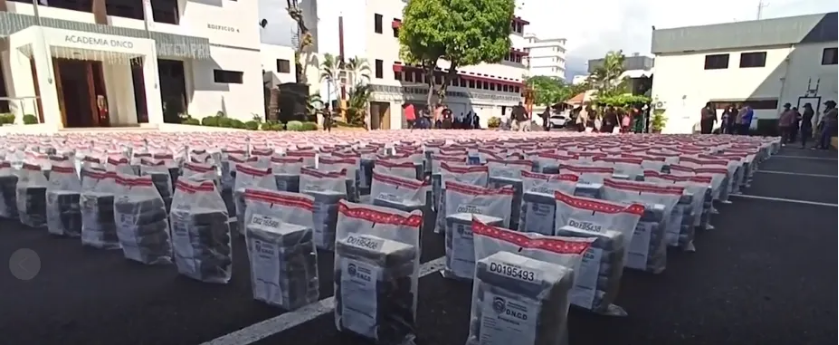
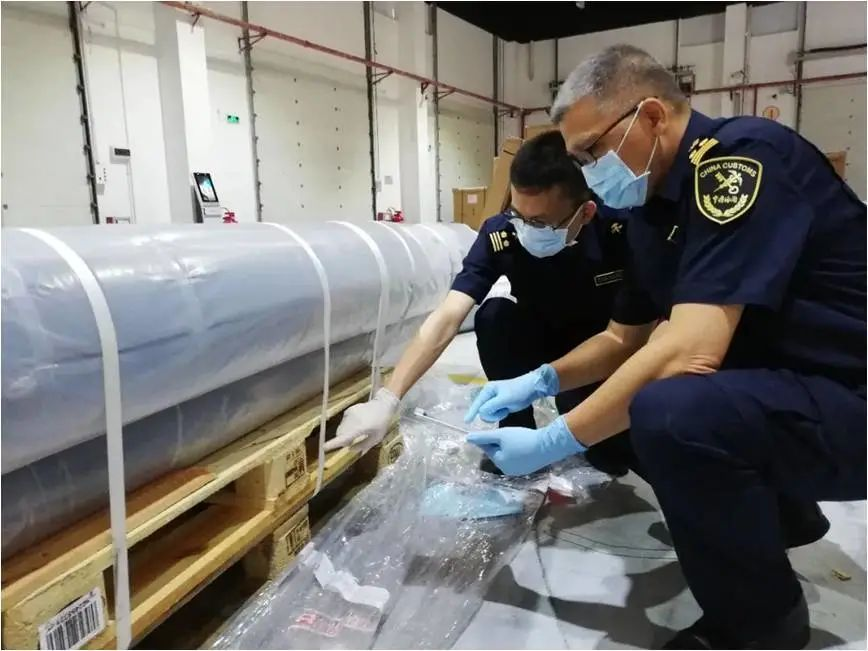
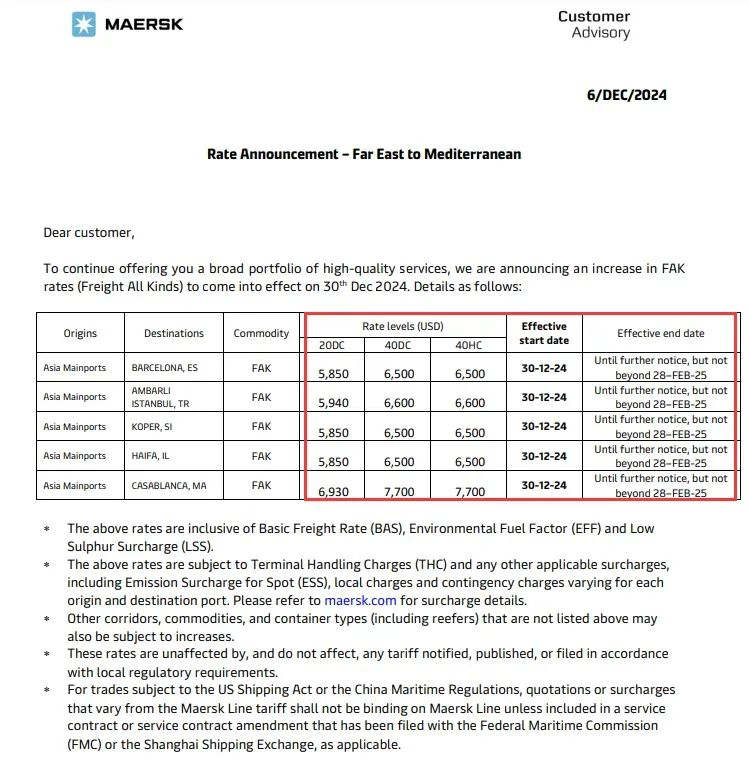
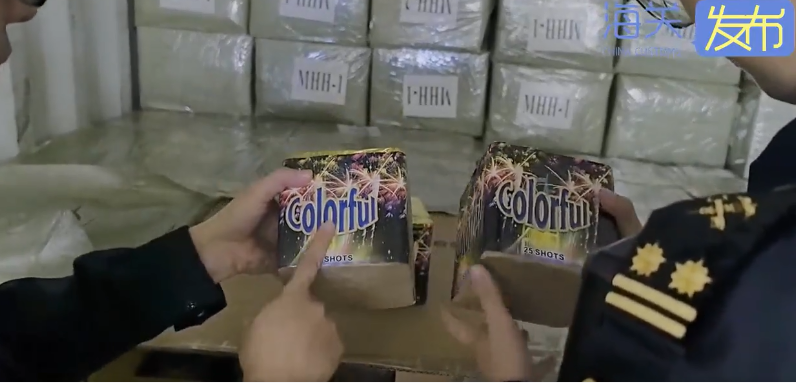
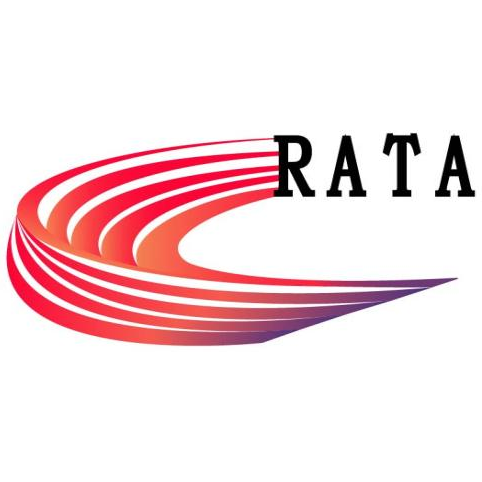
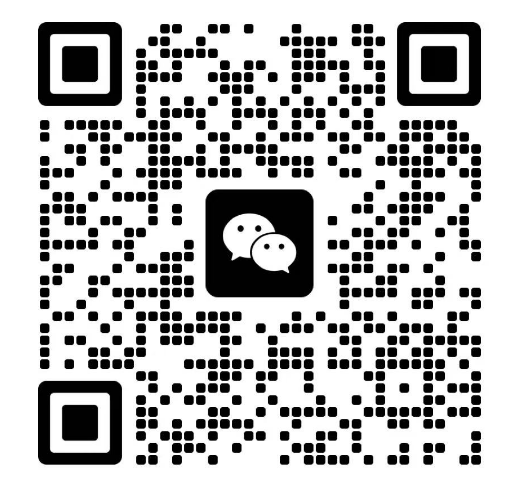


Please first Loginlater ~